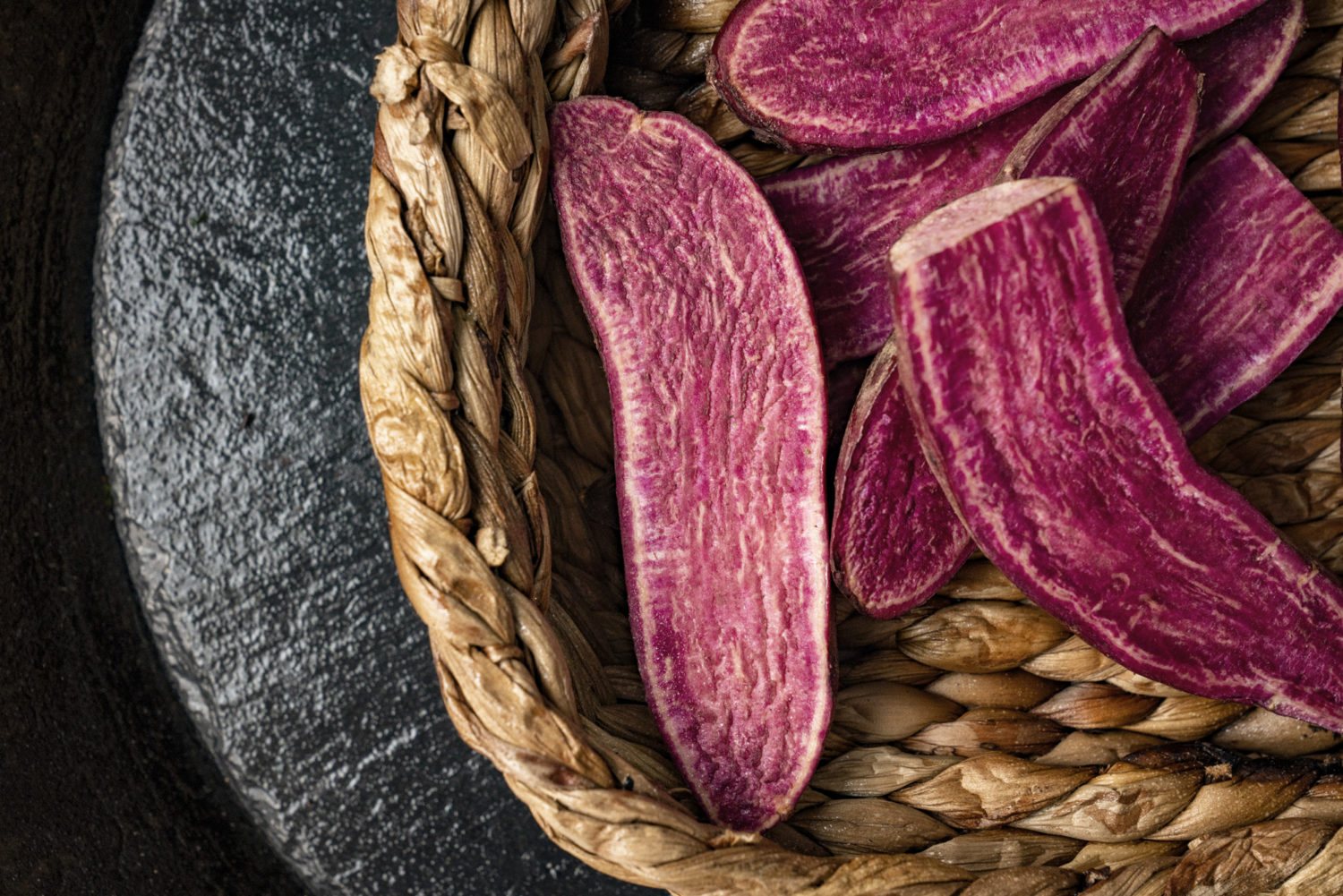Traditional Foods used in Māori culture

Māori kai (food) is prepared using a delicious combination of kai moana (food from the sea) and kai whenua (food from the land). In this blog we talk about some of the commonly used ingredients found in traditional Māori foods.
Our indigenous Māori people were traditionally hunters, gatherers and crop farmers, who harvested food from forest, stream, sea and garden. Not surprising then that the ingredients that make it to our plates come from these sources.
As you move from one Māori iwi (tribe) to the next, ingredients and preparation style vary – driven purely by what is available close by. Freshness and natural flavours forms the very essence of Māori cooking. Today, not only are Māori ingredients used in traditional style cooking such as a hangi, but also found in food that is prepared for the modern palet.
Kumara
Available in red, gold or orange varieties, kumara is known as sweet potato elsewhere. Brought to New Zealand from Polynesia by Māori ancestors along with vegetables like taro and yam, kumara is a particularly sweet ingredient and very popular in traditional Māori foods as well as modern Kiwi cuisine.
Seafood
In a land where you’re never 140km from the sea, it comes as no surprise that kai moana forms an essential part of the cuisine and is consumed both in cooked and raw form.
Whitebait (inanga), particularly those from the West Coast streams, is a favourite. Whitebait fritters or patties are delicious. Kuku or mussels are enjoyed on their own and in various forms of cuisine, including the hangi. New Zealand Greenshell mussels are world-renowned and extremely flavoursome. Other seafoods that make it into Māori cuisine are various fish (including raw fish), kina or sea eggs, tipa or scallops, koura or fresh water crayfish, paua or abalone and tio or oysters.
Rewena Pararoa
Rewena pararoa (a traditional Māori sourdough) is a favourite and goes well with many meals or on its own as a snack. It is sold at many weekend markets, in speciality bread shops and served with a traditional hangi when you visit a marae or a Māori kitchen. This delicious bread is made from Māori potatoes (taewa tutaekuri).
Common Herbs & Seasoning
Again, it is the land and the sea we turn towards to infuse rich flavours into our food. What makes them richer is the nutritional value each one of these ingredients brings to the table.
Harakeke or New Zealand flax is a superfood, rich in omega-3. It is available as unrefined oil and as seasoning. Horopito replaces traditional pepper in Māori cooking and comes in three varieties. Kawakawa, found in coastal areas, has a rich forest aroma and light minted flavour. It is dried and used as seasoning on various foods. Another common seasoning is korengo (sea weed), used in its raw state or dried form. Kowhitiwhiti or watercress, found near fresh water rivers, has a mild mustard flavour – great with all kinds of meats. Pikopiko fern tips are added to bring a forest flavour into a dish. Puha or sow thistle is served with pork. It does have a slightly bitter taste.
Manuka
The wood chips of manuka tree are used to add flavour when smoking food. The tree is also a source of some of the best honey produced in New Zealand, renowned for its medicinal and antiseptic value.
Many of these unique and delicious flavours are available to enjoy as part of the hangi meal we prepare and serve during our evening experience at Tamaki Māori Village. It gives us great joy to share the stories of this land and the journey of the food we serve from source to plate.
